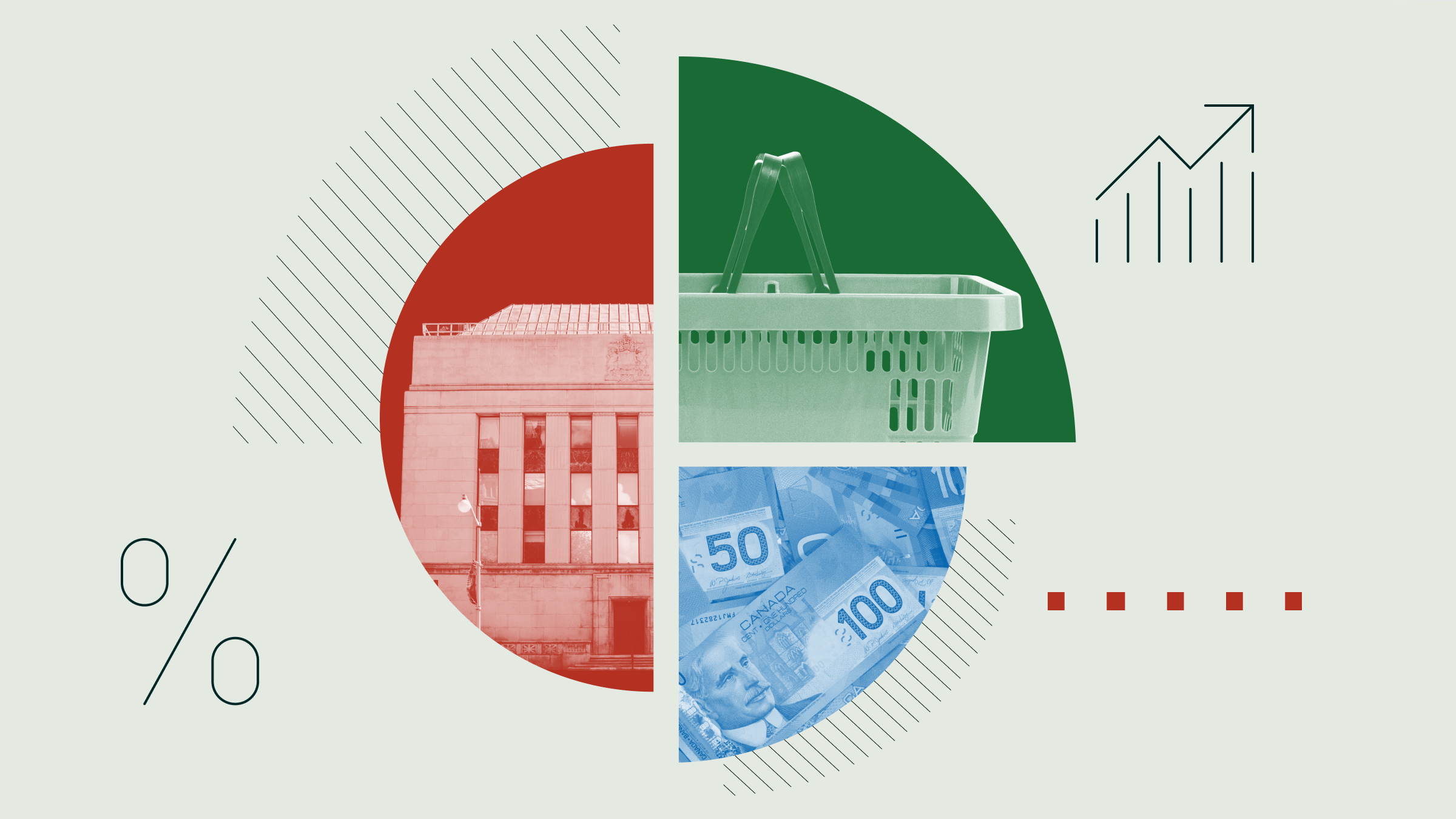Dividend-paying stocks have historically outperformed the market. In the United States, between 1927 and 2014, stocks that pay a dividend have beaten the total market by about 0.7 percentage points annualized. Stocks in the highest-yielding 30% of the market have done even better, outperforming by about 1.5 percentage points annualized.
![]() WisdomTree High Dividend (DHS), which trades in the U.S., offers a way to take advantage of that potential outperformance. It tracks the WisdomTree High Dividend Index, which selects the highest-yielding 30% from among all dividend-paying U.S. stocks that meet minimum size and liquidity requirements.
WisdomTree High Dividend (DHS), which trades in the U.S., offers a way to take advantage of that potential outperformance. It tracks the WisdomTree High Dividend Index, which selects the highest-yielding 30% from among all dividend-paying U.S. stocks that meet minimum size and liquidity requirements.
High-yielding stocks can be risky. The highest-yielding stocks have had greater volatility than the broader market because some of these stocks are distressed and may offer an attractive yield as compensation for risk. Dividend yields are quoted based on past payouts, and a stock that appears to offer an attractive yield may be forced to cut its dividend in the future. Unlike a bond coupon payment, which is a contractual obligation, a stock dividend is paid at the discretion of company management. Companies with high dividend payout ratios may be investing less in the growth of their businesses, and future earnings growth and stock returns might suffer.
Dividend-paying stocks may underperform when interest rates rise, as discussed by my colleague Alex Bryan in a previous article. Interest rates often rise during economic expansions, and dividend-paying stocks typically have less earnings growth to offset the negative impact of rising rates.
In addition to dividends, firms can return capital to shareholders through share buybacks, which have become increasingly popular because they give management greater flexibility. On the other hand, dividends force discipline on company management and encourage prudent use of capital.
To minimize the impact of high-yielding but high-risk companies, DHS weights constituents in proportion to the total dollar amount of dividends that constituents are projected to pay in the coming year. Companies that pay out the largest amount of dividends tend to be large-cap companies with less volatility than a typical high-yield stock. The fund's search for high yield could tilt it to distressed firms with unsustainable dividends, especially before a downturn.
Prior to the financial crisis, DHS had a deep-value tilt and a 54% weighting in the financial services and real estate sectors. Many of these stocks were forced to cut their dividends during the crisis. Currently, the fund's value tilt is more modest, and it gives an underweighting to financials relative to the Russell 1000 Value Index. The fund will naturally shift toward the highest-yielding stocks and sectors at rebalance. Currently, telecommunications, utilities and consumer staples stocks offer the most attractive yields, and this fund has an overweighting in all three sectors.
Since its June 2006 inception, the fund has had a volatility of return of 17.7% compared with 15.4% for the S&P 500 Index. During the financial crisis, the fund suffered a 63% drawdown compared with a 51% drawdown for the S&P 500. During the past five years through August 2015, the fund returned 14.0% compared with 14.7% for the Russell 1000 Value.
The dividend yield on stocks in DHS is 4.45%, gross of the expense ratio, as of mid-September 2015. This compares favourably with the 2.19% dividend yield for stocks in the S&P 500 and the 2.6% yield for the average value-oriented Canadian fund in the U.S. Equity category. Dividend funds typically take one of two approaches: They seek out higher-yielding but potentially riskier companies or they target quality companies with a stable, more modest dividend. This fund takes the former approach. This fund has just 37% of its assets in stocks with wide Morningstar Economic Moat Ratings, Morningstar's assessment that a stock enjoys a sustainable competitive advantage. For comparison, ![]() Vanguard High Dividend Yield (VYM) has 53% of assets in wide-moat stocks. In addition, the average return on invested capital for stocks in the portfolio is 9% compared with 13% for the S&P 500. In addition, these companies have more debt, which could result in greater volatility during an economic downturn. Stocks in the fund had a debt/capital ratio of 50% compared with 39% for the S&P 500.
Vanguard High Dividend Yield (VYM) has 53% of assets in wide-moat stocks. In addition, the average return on invested capital for stocks in the portfolio is 9% compared with 13% for the S&P 500. In addition, these companies have more debt, which could result in greater volatility during an economic downturn. Stocks in the fund had a debt/capital ratio of 50% compared with 39% for the S&P 500.
Despite their lower quality, stocks in this portfolio do not appear to be more attractively priced. The fund's 18.1 price/forward earnings ratio is higher than that of the Russell 1000 Value Index (17.3). Morningstar equity analysts cover 135 stocks in DHS, representing 88% of assets. As of this writing, they see the fund trading at a price/fair value of 0.90, which is higher than the 0.89 price/fair value for the Russell index.
The fund holds roughly 428 stocks, but 38% of assets are in its top 10 holdings. In fact, ![]() AT&T (T) and
AT&T (T) and ![]() Verizon Communications (VZ) account for 10% of the portfolio. It charges a 0.38% expense ratio, which is well above the most competitive U.S.-traded dividend-oriented ETFs but compares well with Canadian-sold alternatives. As always when considering ETFs that trade in the United States, make sure currency conversion and other costs don't negate the benefits of lower management fees.
Verizon Communications (VZ) account for 10% of the portfolio. It charges a 0.38% expense ratio, which is well above the most competitive U.S.-traded dividend-oriented ETFs but compares well with Canadian-sold alternatives. As always when considering ETFs that trade in the United States, make sure currency conversion and other costs don't negate the benefits of lower management fees.

















